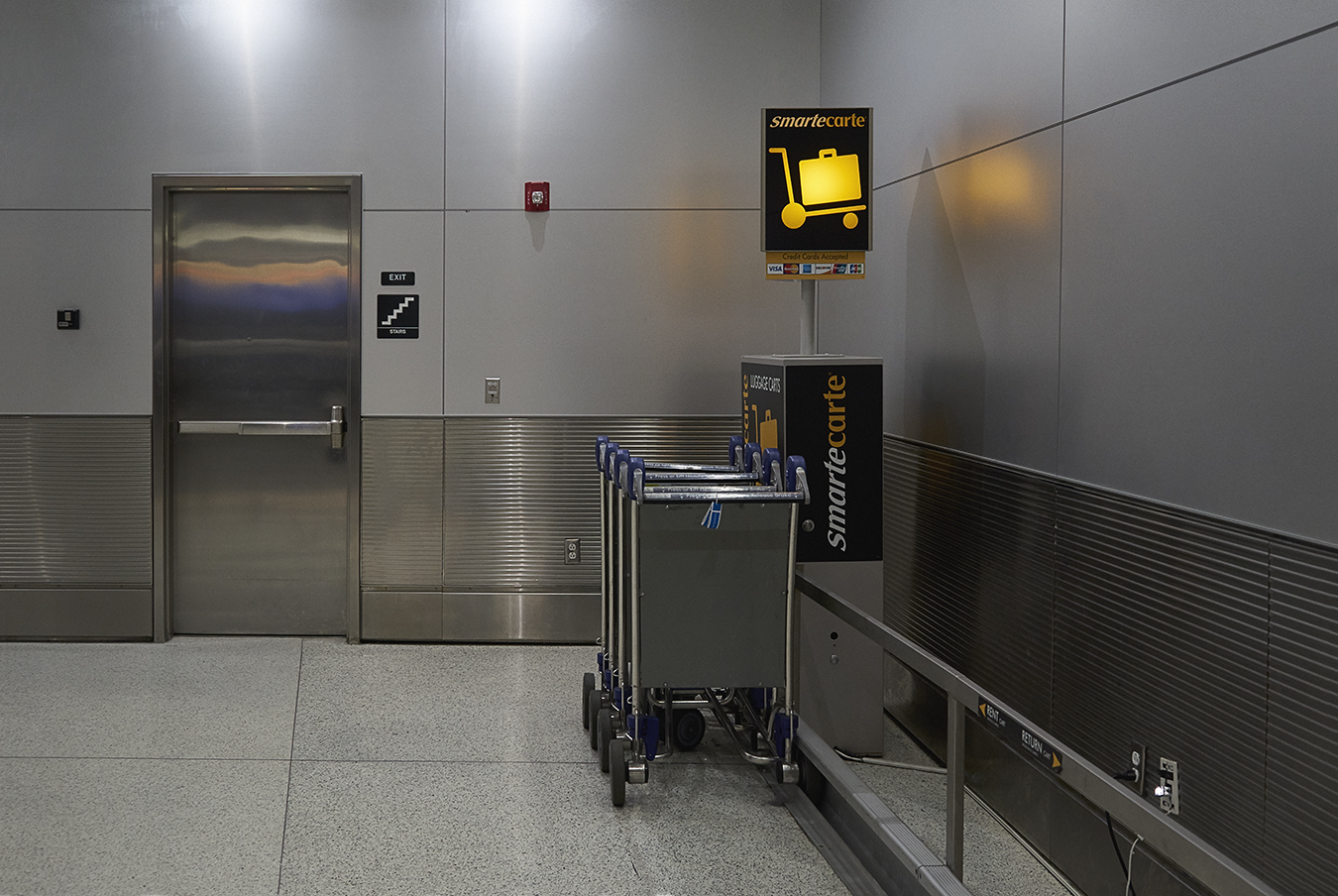Artist Statement
Statement

When I moved to Miami in 2011, one of my immediate primary interests was seeking the code the city could offer me for understanding it. I supposed this code could be something like an American cultural code. After 2013, I started to use photography toward this aim, but while I was developing my exploration, I realized that I couldn’t satisfy my initial guess. Then, I decided to keep the question going and continue shooting the Miami-Dade urban area. As a result, I could bring together two interrelated bodies of work which pose the same inquiry without pretending to find an answer.
One of my photographic bodies of work is composed of exteriors and the other of interiors. In both cases, I tried to register the probable cultural marks of a particular spot. In general, exteriors are views of sites in which I was highly motivated by the relationships between architecture and urban landscape, although I also made pictures of small details of surfaces that could be able to complement the views. Interiors are also more or less wide shots that include, in conformity with my appraisal, the majority of elements necessary for the cultural definition of the space. Both series of images lack physic human presence because I preferred not to alter the signs of every place itself.
Even though I conceived these bodies of work as to sides of the same question —thus, susceptibles of functioning together inside the same space of exhibition—, I decided to provide a different artistic solution to each one. I gathered twelve exterior views plus six details of surfaces and six empty spaces as parts of a polyptych. The views are different among them respect their objects but similar according to their subject and the visual treatment I gave them. In the case of interiors, I wanted to contrast the vision of them in local photography from the 1930s to 1950s with my recent pictures. Somehow, I let the viewer assemble these fragments to create a personal perception regard the problem I raised.

